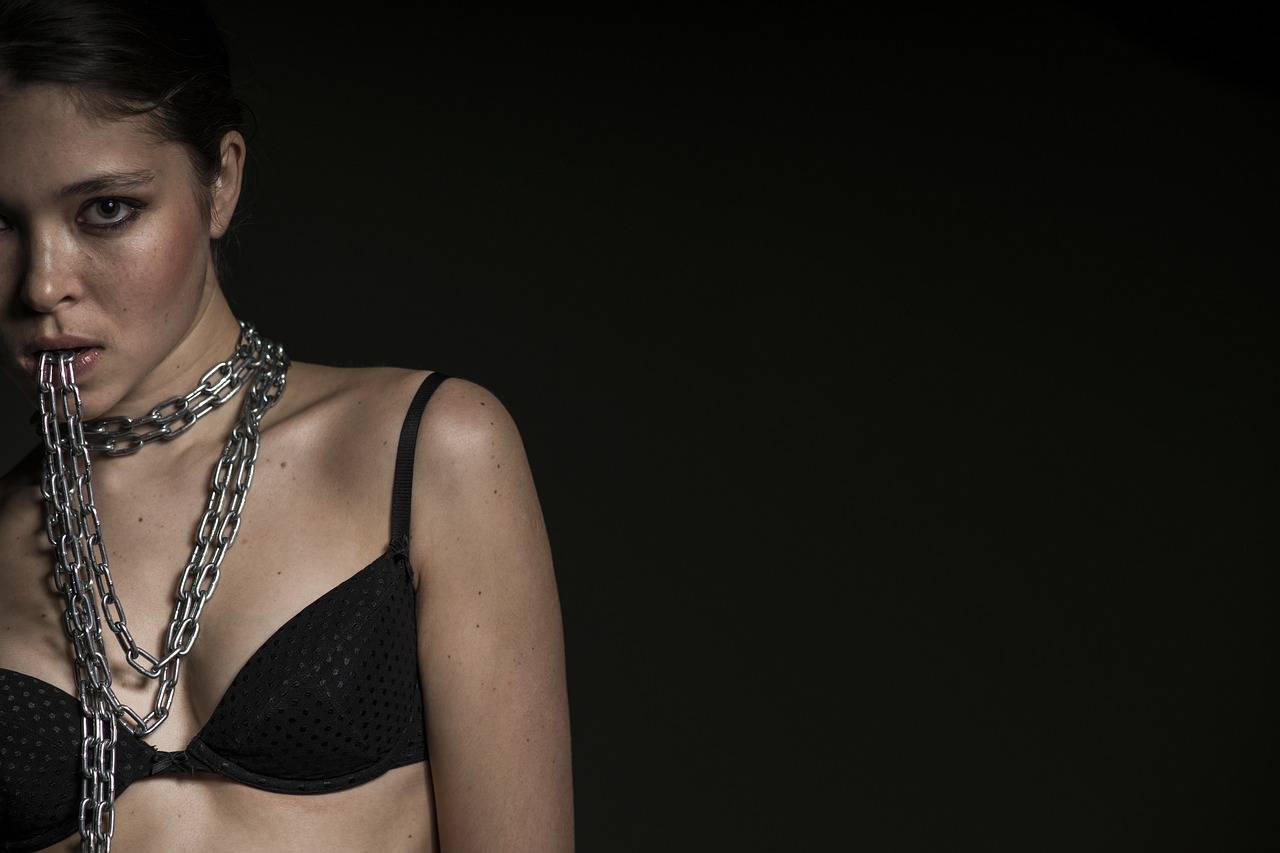Fashion Trends Inspired by Fantasy and Sci-Fi
When we think of iconic characters, the first thing that comes to mind is often their memorable fashion choices. These characters have left a lasting impact on the world of fashion, inspiring designers and enthusiasts alike to embrace bold and unique styles. From Audrey Hepburn’s timeless elegance in “Breakfast at Tiffany’s” to Carrie Bradshaw’s eclectic mix of high fashion and street style in “Sex and the City,” these characters have become symbols of sartorial inspiration.
Their influence extends beyond the silver screen, shaping trends and setting new standards for what it means to be fashionable. Whether it’s the preppy chic of Blair Waldorf in “Gossip Girl” or the effortless cool of James Dean in “Rebel Without a Cause,” these characters have shown us the power of fashion in conveying personality and making a statement. By channeling the style of these iconic characters, we can tap into their confidence and charisma, adding a touch of their magic to our own wardrobes.
Innovative Fabrics and Materials
In the ever-evolving world of fashion, designers are constantly seeking out innovative fabrics and materials to push the boundaries of creativity and functionality. From high-performance activewear to sustainable and eco-friendly options, the choices available to the industry continue to expand.
One of the most exciting developments in recent years has been the use of recycled materials in fashion. Designers are increasingly turning to fabrics made from recycled plastic bottles, fishing nets, and even old clothing to create new, stylish pieces that are not only fashionable but also environmentally conscious. This shift towards sustainability reflects a growing awareness within the industry of the need to reduce waste and lessen the negative impact of fashion production on the planet.
What are some examples of iconic characters being used as fashion icons in the industry?
Some examples include Barbie, Mickey Mouse, and Hello Kitty, who have all inspired fashion collections and collaborations with designers.
Can you provide examples of innovative fabrics and materials being used in fashion today?
Some examples of innovative fabrics and materials include bio-fabrics made from sustainable sources, smart textiles that can change color or shape, and 3D printed materials used for creating unique designs.
How are these innovative fabrics and materials contributing to the fashion industry?
These innovative fabrics and materials are pushing the boundaries of traditional fashion design, allowing for more sustainable and technologically advanced clothing options for consumers.
Are there any challenges associated with using innovative fabrics and materials in fashion?
Some challenges include the cost of producing these materials on a larger scale, as well as the need for proper education and training on how to work with these new materials in the industry.
How can consumers support the use of innovative fabrics and materials in fashion?
Consumers can support the use of innovative fabrics and materials by choosing to purchase clothing made from sustainable and eco-friendly materials, and by supporting brands and designers who are leading the way in using these materials.





